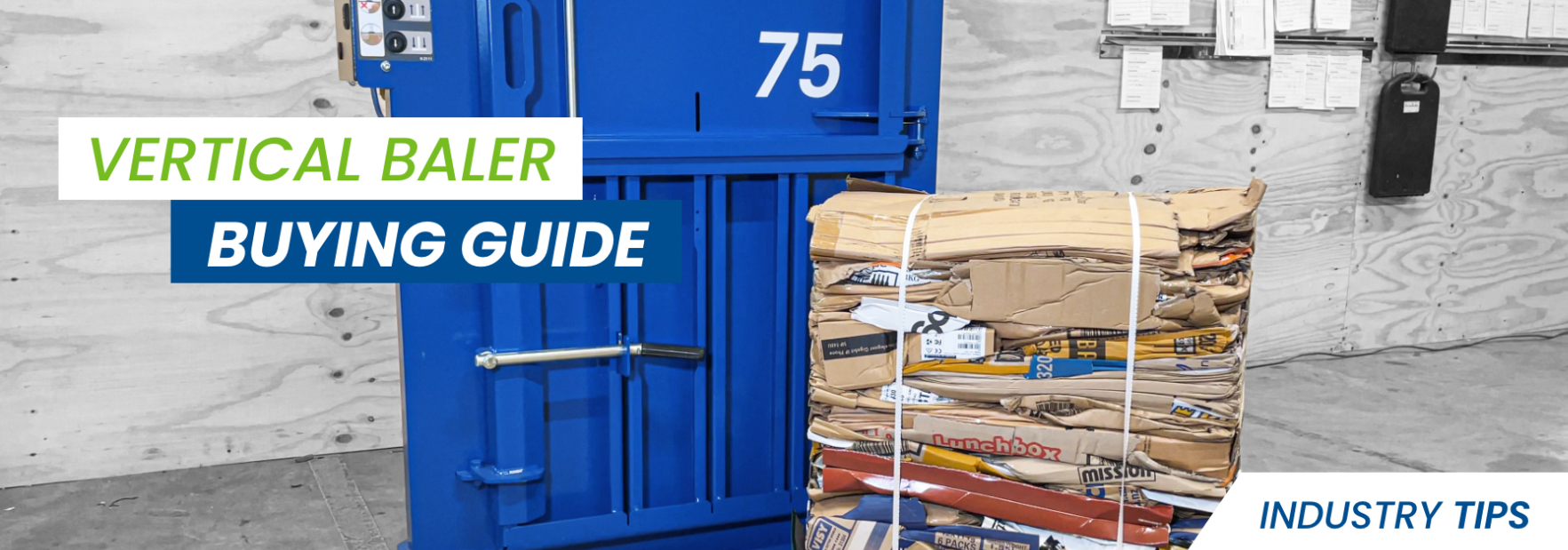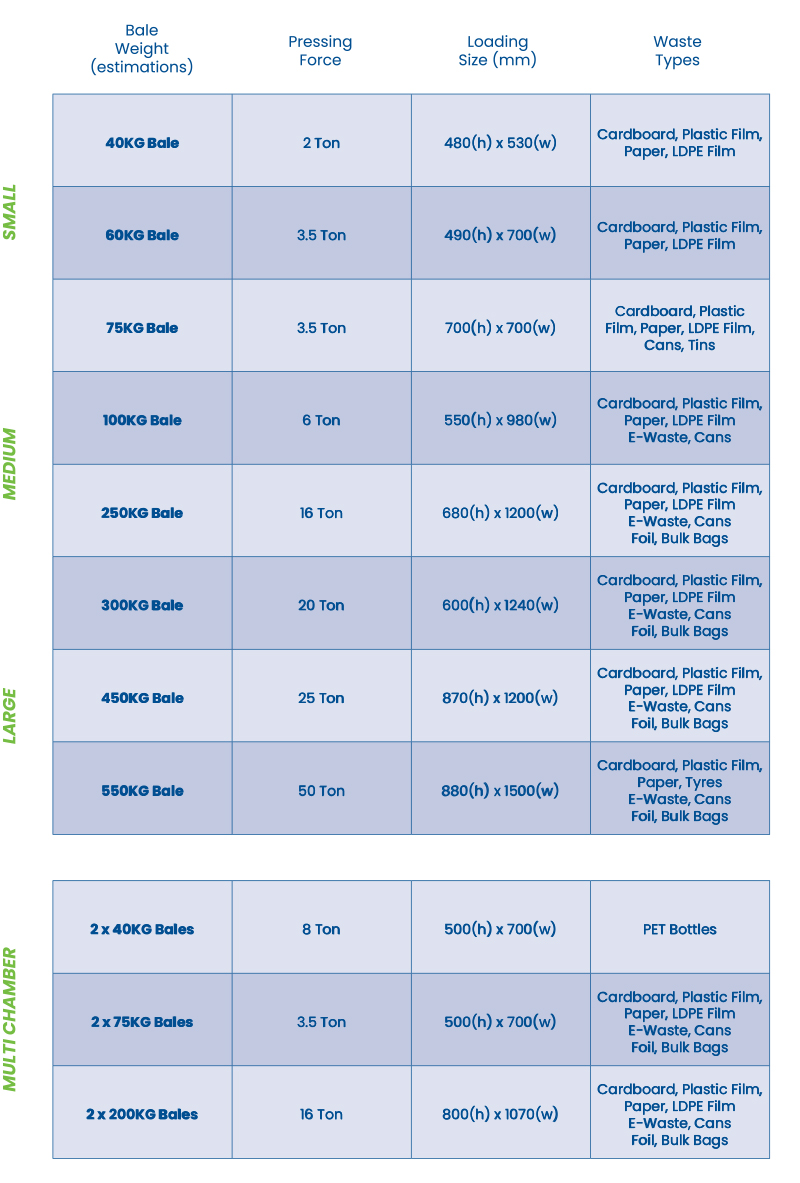Common Pitfalls in buying a baler
Buying a baler without proper consideration of what’s required to suit your needs can often lead to pitfalls that could have been avoided. These commonly are;
Baler purchased is too big or too small. If the baler is too small, your operators will have to tie off a bale too often, making a lot more effort required, or it restricts the company as it grows. On the flip side, the baler could be too big, meaning that the cost outlay at the start could be higher than what’s required.
Warranty term is not considered. If you want back-up and support for your baler, make sure the warranty term is considered to suit your needs.
If needed, warranty extensions are often available. The industry standard is 2 years.
Working with a team that has solid back-up and support after the sale can make all the difference. Consider your operations and what the impact would be if your baler were down. How fast can the supplier respond and fix an issue, and do they keep spare parts on hand?
Ongoing costs of consumables. When you purchase the baler, it doesn’t stop there. Baling twine is required to keep your bales tied together. Ensure your supplier keeps sufficient stock of baling twine, and if possible, it can be best to buy in bulk at the start to reduce freight costs to avoid running out one day.
Comparing baler spec is critical to purchasing. Doing this well will help ensure you purchase the best value baler, not necessarily the cheapest one. You need the right baler with the right size, power requirements, pressing force, and ease of use to suit the work that the baler will be doing for you. Take the time to do this thoroughly.
It’s important to know what power supply you have available. Balers can be powered by Electricity or Air, depending on the manufacturer. Electricity-powered balers range from single phase 10 Amp supply up to a 3 phase 20 Amp power supply. Air-powered balers require constant compressed air, meaning you will require an air compressor or existing airlines.







